Mumbai: Smiles are contagious, and no one knows this better than Nicolas Loufrani, who in 1997, created the first-ever 3D smiley. Two decades on, his Smiley Company, which is known for nearly 1,000 emojis and smileys that people share on social media, has big plans for India, which it sees as a market with immense potential.
Says Mr. Loufrani, CEO, “I am here, which indicates that India is at the top of my priorities. We are seeking new partners for more collaborations.”
The Smiley Company will enter new categories here, and foresees volumes coming in from FMCG, fashion, toys, school products, home decor and footwear. The company is already into fashion products in India through its licencees Lifestyle Departmental stores and Archies Gift shops. Mr. Loufrani says the company will introduce new collections in India from its global portfolio. “We want to grow four-fold in three years here to a retail revenue of to $20 million from $5 to 6 million.”
Last year, the company appointed Dream Theater as its representative to enter into new partnerships. Jiggy George, Founder & CEO, says the licensing industry is at an early stage in India but is poised to grow exponentially. “Our strategy is to be present at more retail chains and forge alliances with fashion and lifestyle brands.”
The Smiley Company is one of the top 100 licensing companies in the world, with over 310 licensees globally. The Smiley trademark is registered in over 100 countries. According to a recent Toluna survey, it has 97% recognition across the world as a symbol of positivity. “Last year, our licensees sold over $400 million worth of products globally across 13 different industries.”
The idea, says Mr. Loufrani, is to “spread smiles throughout the world.”
“When I started developing the digital smiley in 1997 and started the official smiley dictionary in 2001, I had said it was the birth of a universal language. My slogan then was to create a new form of communication that people could use to bring more emotions into their communication and replace words with the images.”
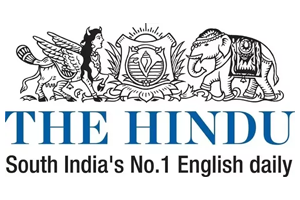
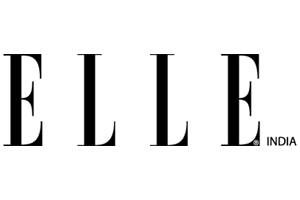



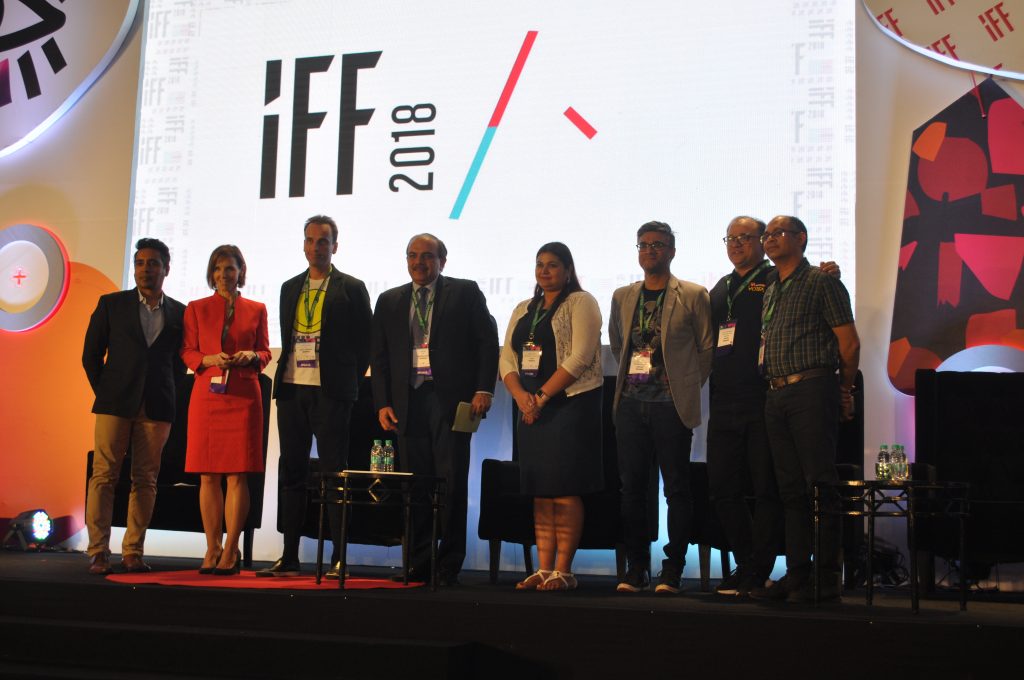

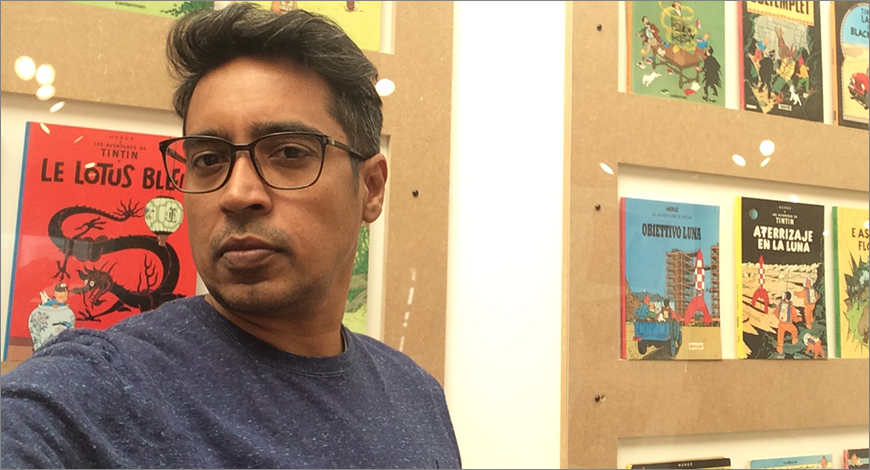 The Indian industry, over the years, has warmed up to the idea of licensing. The fact that it is moving to new genres and shifting focus from kids to adults, owing to shows like Game of Thrones, Batman, Superman and host of other big franchises is a testament to this. At the helm of the licensing industry is Jiggy George, Head of The International Licensing Industry Merchandisers’ Association and Founder of Dream Theatre. Exchange4media caught up with George who shared his insight on the licensing industry, the reasons behind IPs not being able to leverage success in the merchandising front and more.
The Indian industry, over the years, has warmed up to the idea of licensing. The fact that it is moving to new genres and shifting focus from kids to adults, owing to shows like Game of Thrones, Batman, Superman and host of other big franchises is a testament to this. At the helm of the licensing industry is Jiggy George, Head of The International Licensing Industry Merchandisers’ Association and Founder of Dream Theatre. Exchange4media caught up with George who shared his insight on the licensing industry, the reasons behind IPs not being able to leverage success in the merchandising front and more.
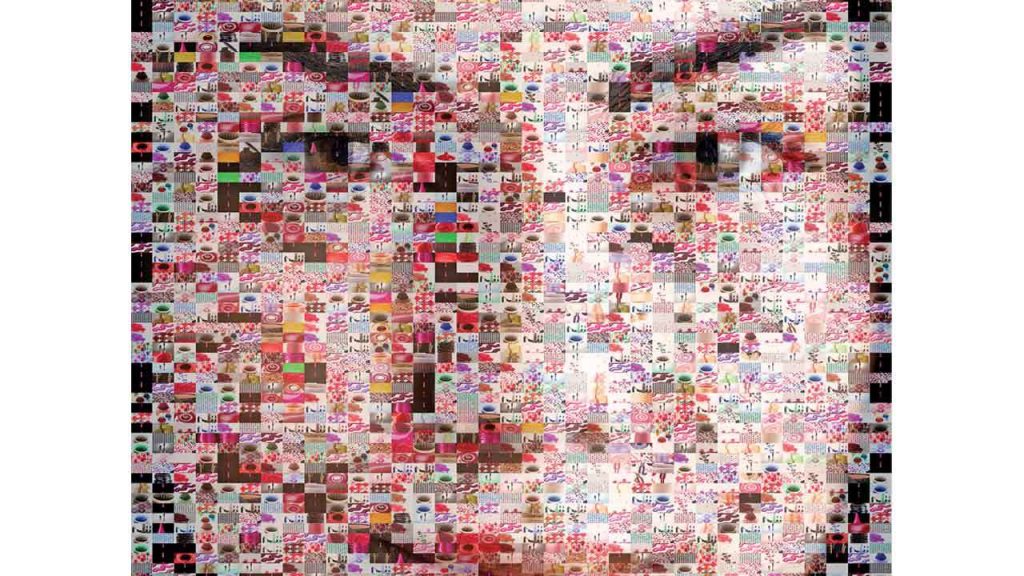 In early February, Aishwarya Rai Bachchan dazzled Australians by appearing in a black fishtail-style gown with a perfectly fitting lace bodice embellished with gemstones. The former beauty queen was attending the launch of a Longines boutique in Sydney in her capacity as the Ambassador of Elegance for the Swiss premium watch brand. Rai has been the face of Longines since 1999 and more recently, the endorser of French cosmetics brand L’Oreal since 2003. Likewise, her Bollywood counterpart Shah Rukh Khan can boast of South Korean automobile giant Hyundai retaining him as their ambassador for two decades (and more).
In early February, Aishwarya Rai Bachchan dazzled Australians by appearing in a black fishtail-style gown with a perfectly fitting lace bodice embellished with gemstones. The former beauty queen was attending the launch of a Longines boutique in Sydney in her capacity as the Ambassador of Elegance for the Swiss premium watch brand. Rai has been the face of Longines since 1999 and more recently, the endorser of French cosmetics brand L’Oreal since 2003. Likewise, her Bollywood counterpart Shah Rukh Khan can boast of South Korean automobile giant Hyundai retaining him as their ambassador for two decades (and more).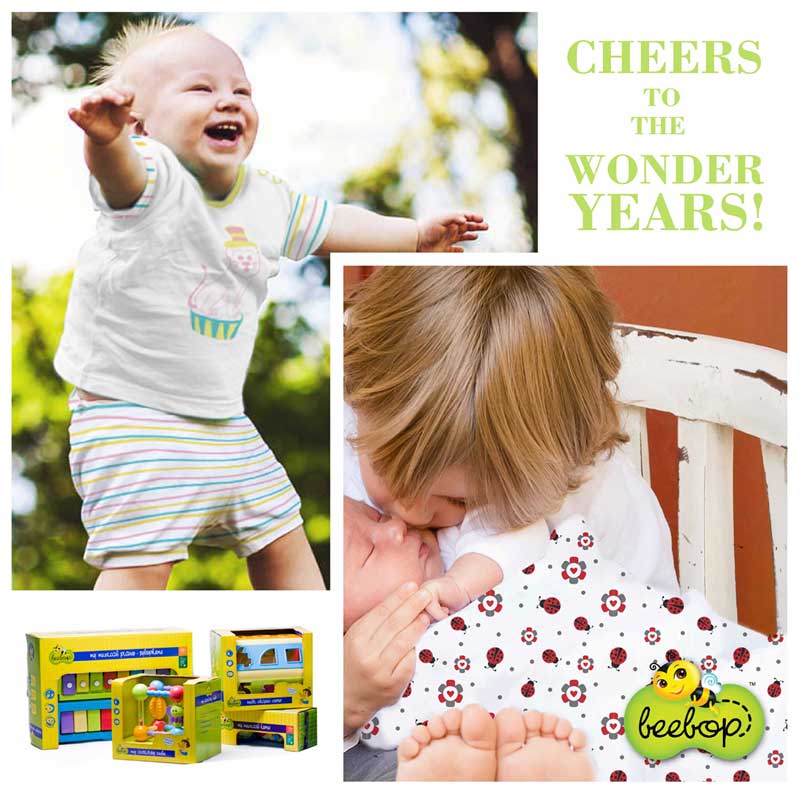
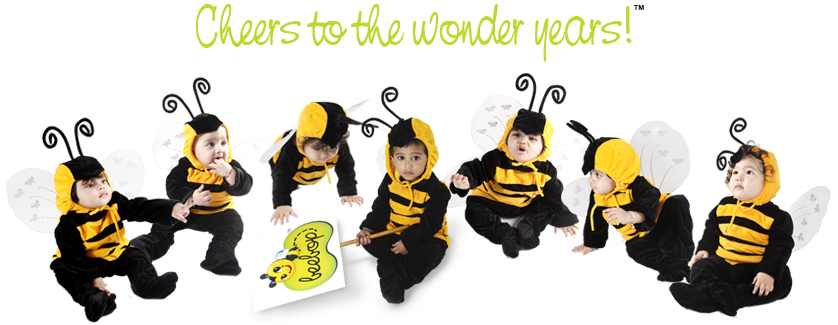


 Mojostar, a joint venture between
Mojostar, a joint venture between  The active lifestyle business is a USD 7 billion market and growing really fast. While a plethora of international brands are available in the market, none address the 18-25 years age group specifically and Prowl aims to create a dent in the market by offering a combination of style and performance aimed at a focussed target audience.
The active lifestyle business is a USD 7 billion market and growing really fast. While a plethora of international brands are available in the market, none address the 18-25 years age group specifically and Prowl aims to create a dent in the market by offering a combination of style and performance aimed at a focussed target audience. 


 Let’s focus on digital properties and the licensing connect. Yes, they are on screen properties, but they rule the roost not on TV (which was an essential tick mark earlier), but on a mobile screen or tablet. Take two of the properties that
Let’s focus on digital properties and the licensing connect. Yes, they are on screen properties, but they rule the roost not on TV (which was an essential tick mark earlier), but on a mobile screen or tablet. Take two of the properties that  Similarly,
Similarly,  As a company, we in Dream Theatre believe that digital licensing has massive potential and will be the language of the future in the licensing world. And we are backing it fully on a global scale.
As a company, we in Dream Theatre believe that digital licensing has massive potential and will be the language of the future in the licensing world. And we are backing it fully on a global scale.